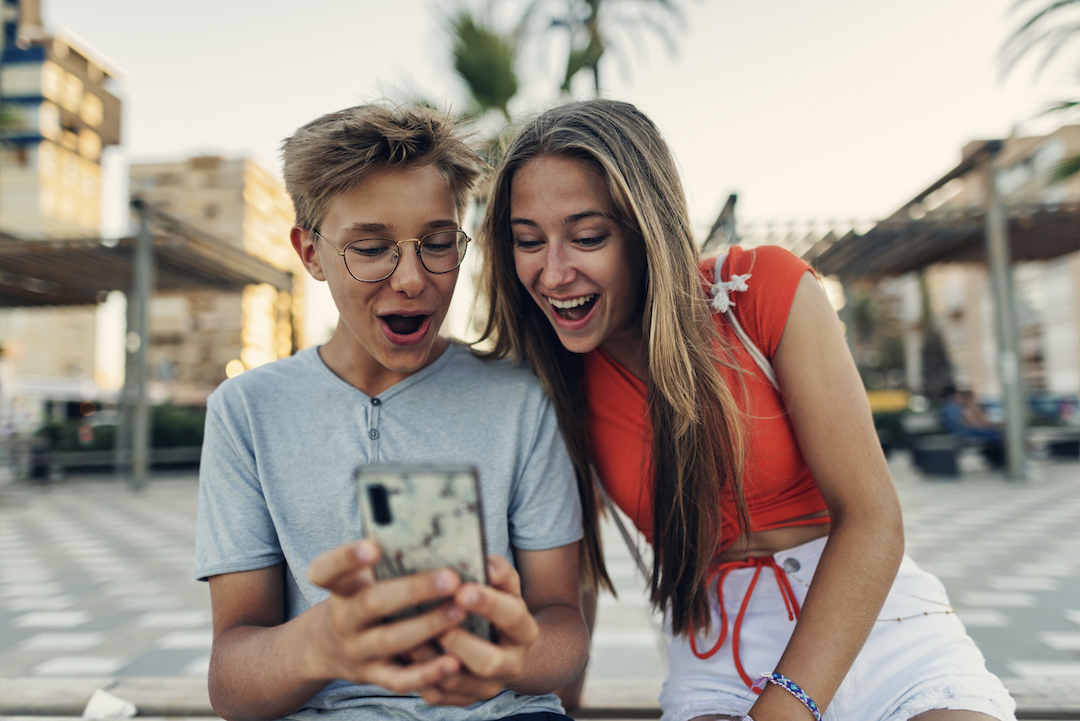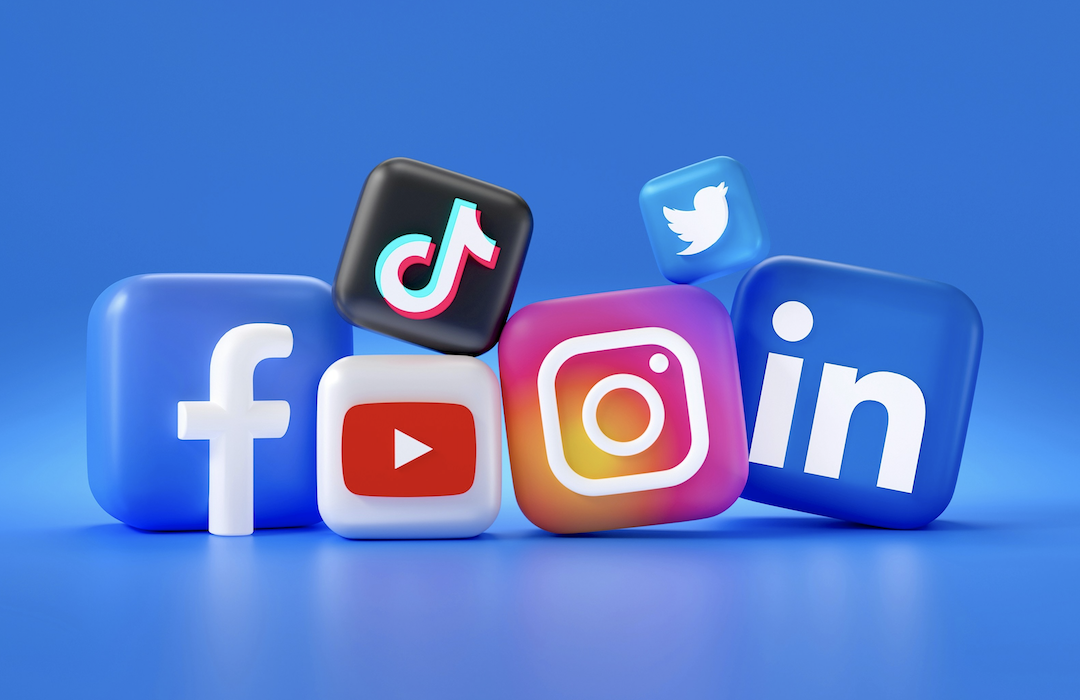The Australian government has proposed social media bans for children under 16 years of age.
Prime Minister Anthony Albanese cited the harm these platforms cause to children as the reason for the new regulations, which will be discussed in parliament later this week. The proposed legislation will not include exemptions for young people who already have social media accounts, or those with parental consent.
If passed through parliament, the legislation will come into effect in a year, with a review of the rules once initiated. Currently, most social media platforms have policies stopping those under 13 from creating profiles, however this new bill would increase the age despite guidelines from the platforms themselves.
The impact of mobile phones
Many experts are concerned with the adverse effects that excessive screen time can have on young people, including Professor Barney Tan from the UNSW School of Information Systems and Technology Management.
“Mobile phone addiction is a growing concern among Australian youth. Reports show that Australian teenagers spend an average of more than four hours per day on their devices, with many experiencing a compulsion to stay constantly connected,” he says.
“This excessive usage can lead to sleep disruption, heightened anxiety, and an increased risk of depression. In Australia, concerns have also been raised about how mobile phone addiction impacts educational outcomes, with students distracted during school hours and struggling to disconnect during study periods.”

Research shows that social media can increase anxiety and depression.
Researcher Samuel Cornell from the UNSW School of Population Health, also reveals that social media use has links to risk taking behaviours.
“Children and young people are especially susceptible to taking part in viral challenges that can lead to injury or death. Older adolescents can also perform perilous acts, such as climbing high structures without safety equipment, or jumping into bodies of water to gain views, likes, or followers,” he explains.
“Of course there are many other risks with social media like cyberbullying, promotion of self-harm or eating disorders, oversharing of personal information and grooming.”
More than one story
However, despite the overwhelming criticism of unbridled online access, many are quick to emphasise that social media can have positive impacts for young people as well.
According to Professor Tan, “Social media provides avenues for self-expression, creativity, and identity formation, allowing youth to connect with peers and supportive communities.
“Social media platforms can also raise awareness of social issues and facilitate civic engagement, giving young people a voice on matters important to them.”
Social media can offer youths the chance to connect with wider circles than available offline, putting them in touch with likeminded people. According to a study from the National Institute of Health, 67 percent of American adolescents report using social media to help them through tough times, while another 80 percent feel more connected to what’s going on in their friends’ lives.

Social media can help young people to feel connected and seen.
Weighing up the pros and cons
When it comes to predicted impacts of the proposed social media ban, there are mixed opinions. For some, it’s seen as a promising reflection on the future, and an important way to protect Aussie kids from unwanted consequences.
“I expect that many young people will feel a sense of relief, as it will take the pressure off. They may be happy that they no longer have to be on social media, and won’t be missing out because their friends won’t be on there either,” says Samuel Cornell.
“I think that many young people have the intuition and self-awareness to recognise that social media use can be harmful to them, and many will have experienced and felt this harm.”
For others, it’s important to consider methods beyond an outright ban to help young people engage with technology in a constructive way.
“Limiting access may push some youths to find workarounds, potentially leading them to unregulated or riskier spaces online. On the positive side, the ban may reduce exposure to harmful content and excessive screen time, offering a reprieve for some families. However, it is essential to strike a balance,” suggests Professor Tan.
He emphasises that treating all social media platforms as a homogenous group fails to acknowledge that some may be contributing positively to education and wellbeing. For example, YouTube is often a source of educational content used by parents and teachers to engage their children. Any regulation should consider the nuances of each platform and implement specific responses.

There’s no singular path forward when it comes to regulating social media for young people.
The future of technology for young people
It’s clear that there will be no clear path forward, as addressing the impacts of social media on young people is increasingly difficult in a technologically dependent society.
For Samuel Cornell, it’s important to see the bans play out in real time.
“I think it’s a great place to start, but we still need education, parental responsibility and societal values that put children’s health and wellbeing first. Only time will tell how effective or not a “ban” or age limits on social media is.”
Professor Tan encourages a more targeted approach.
“A total ban is unlikely to effectively reduce harm, and risks oversimplifying the complex ways in which young people engage with technology. Instead of a broad-brush approach, a more nuanced regulatory framework is needed—one that targets specific risks while preserving the positive aspects of digital engagement.
”By teaching digital literacy and empowering parents to guide and monitor online activity, we can create an environment where young people are better equipped to navigate the digital world responsibly and safely.”
This may include age appropriate safeguards, industry accountability and ethical platform design. It remains to be seen how the Australian government will proceed in this endeavour.
To read about how disordered screen use can impact mental health and brain functions, click here.

